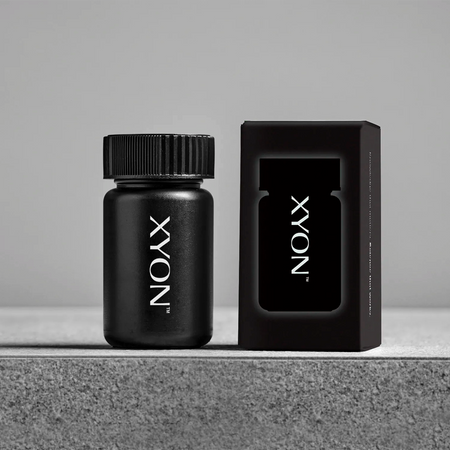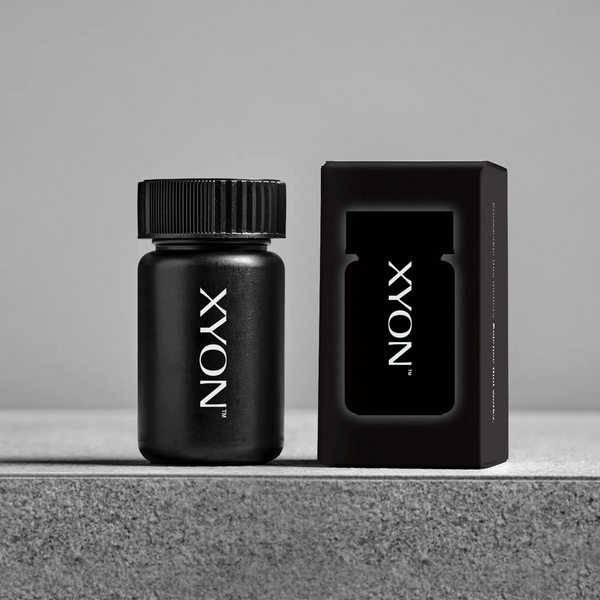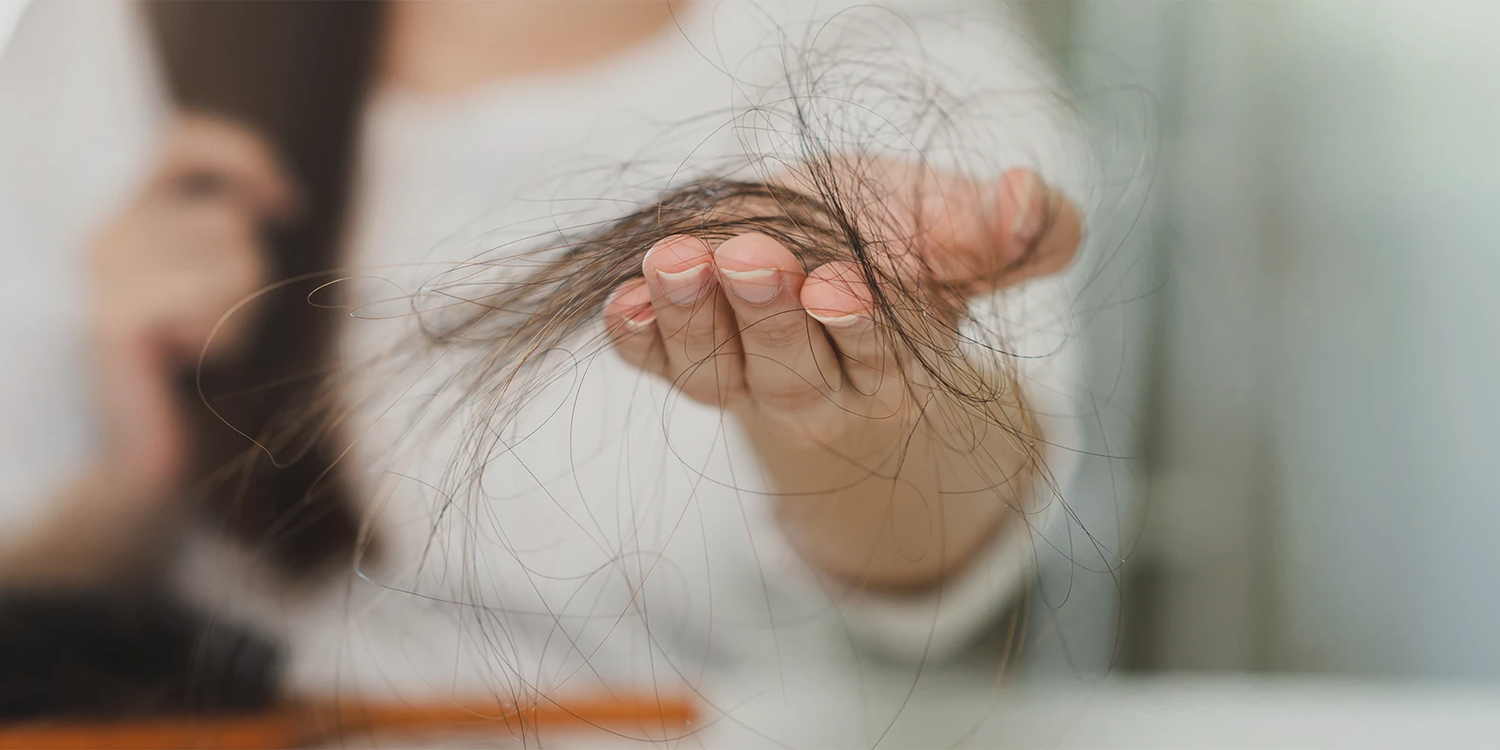Minoxidil is a commonly used treatment for male and female pattern hair loss. It’s been found to be beneficial for hair growth in all areas of the scalp, but is especially good at helping restore hair density at the vertex, or crown of the head. But did you know that like finasteride, it can also induce temporary shedding in some patients? Fortunately, this is temporary and short-lived. Read on to find out more about minoxidil shedding, why it happens, when it’s most likely to happen and how long it lasts.
What is minoxidil shedding?
Minoxidil shedding, or minoxidil-induced telogen effluvium, refers to a temporary increase in hair loss associated with starting minoxidil treatment (in oral or topical form). It is self-limiting and typically goes away once hair follicles adjust to a new hair growth cycle.
It's a sign that hair follicles are responding to medication. Explore our minoxidil options and connect with an expert.


Minoxidil shedding is part of the process when reversing your hair loss
Why does minoxidil cause shedding?
Minoxidil acts to help extend the anagen (growth) phase of the hair growth cycle (Badri et al., 2023). As hair follicles adjust to new growth cycles, older hairs are shed. This change is usually the most dramatic right after starting minoxidil, as old hairs are pushed out of hair follicles to make room for new growth.
Is minoxidil shedding a good sign?
Yes, in most cases shedding associated with starting minoxidil treatment simply indicates that hair follicles are responding to the medication. In most cases shedding will stop on its own.
When does minoxidil shedding start? When does minoxidil shedding stop?
It’s important to be aware that not all patients will experience shedding while taking minoxidil. When it does occur, experts generally agree that it begins within the first three months of taking the medication. Like finasteride shedding, it’s not usually a cause for concern and should resolve itself within a few months.
How long does minoxidil shedding last?
Generally, minoxidil shedding lasts 4-8 weeks. If shedding continues for more than four months, we recommend bringing this to your doctor’s attention, as it could be a sign of an underlying medical condition that is causing your hair loss. Don’t fret– chances are, if your hair just isn’t responding to minoxidil, there are other treatment options. Your doctor can walk you through some alternatives.
Minoxidil shedding: Takeaway
For some patients, starting a hair loss treatment like minoxidil can result in increased shedding. In most cases, this is a sign that hair follicles are responding to minoxidil’s effects on the hair growth cycle. With continued use of minoxidil, shedding should stop and you’ll begin to notice improvements in hair density and thickness. If you’re worried about minoxidil shedding, we encourage you to speak with your doctor, who can help determine whether your response is normal or requires additional investigations.




